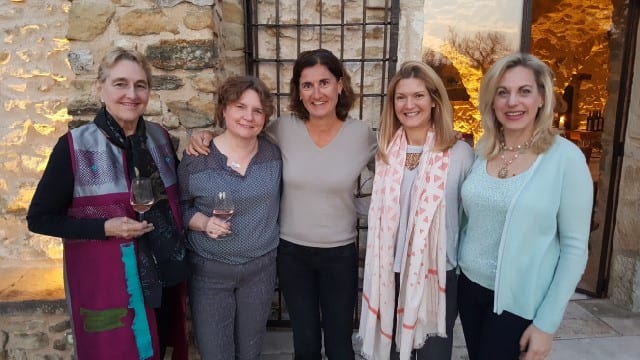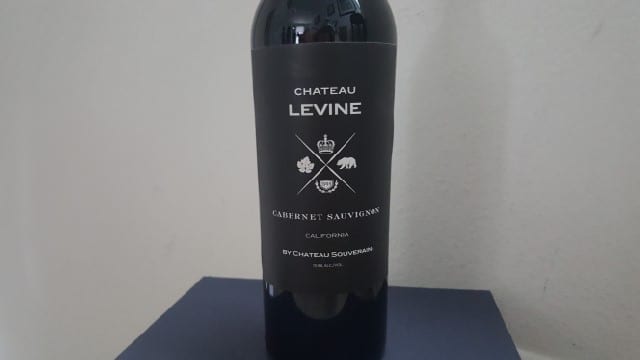The women of Chêne Bleu Winery
This story originally appeared in the Napa Valley Register.
We are bombarded of late by the news of men abusing their power. It can be overwhelming to listen to story after story after story about how men treat women. It is important to remember how many extraordinary women there are and many of them work in the wine industry. As I was thinking about this, I was reminded about my visit to Chêne Bleu Winery earlier this year.


Located in the Rhone Valley, with one foot in the northern Rhone and one foot in the southern Rhone and at the crossroads of four appellations: Gigondas, Cotes du Ventoux, Cotes du Rhone and Sequret, Chêne Bleu Winery is the project of the Rolet family.
Xavier and Nicole Rolet purchased the property in 1993 and spent the next 10 years restoring and renovating the 340-acre estate to include vineyards, the winery and Le Verrière, the former priory that now offers guest bedrooms and suites.
And, while Xavier (proprietor), and his brother-in-law Jean-Louis Gallucci (winemaker, cellar master and chief problem solver) are both key members of the team, at the heart of Chêne Bleu Winery is a team of extraordinary women.
21 December, 2017
















